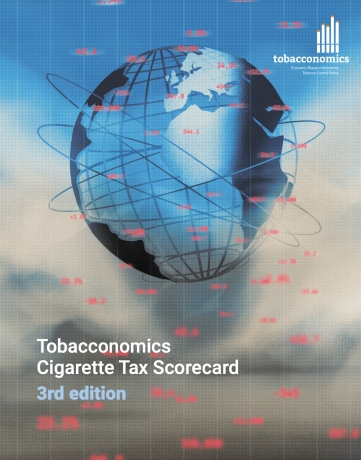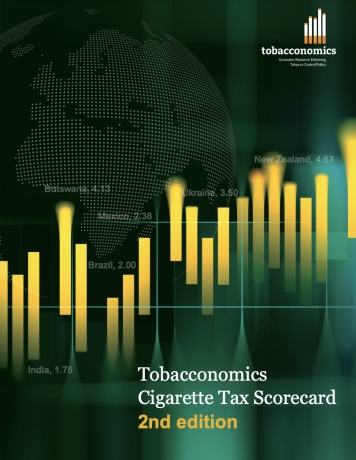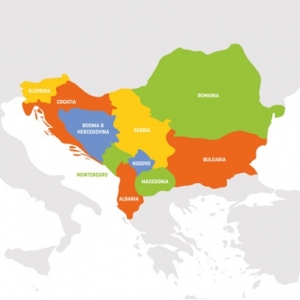


Developments in the Western Balkans Signal Crucial Progress in Tobacco Control in the Region
Economics for Health began working with think tanks in the Western Balkans back in 2018, (under our previous name, “Tobacconomics”). Since then, we have explored the economics of tobacco control and especially tobacco taxes across the region and shared these results with decision makers and other stakeholders. As this evidence base grew, we are excited to see more and more excitement about tobacco taxes from policy makers. Read MorePress Release: Leading Think Tank on Health Impacts of Fiscal Policies Rebrands as Economics for Health
The following is a statement by Dr. Jeffrey Drope, Director of Economics for Health. Read MoreTobacco Control Community Unites to Protect Youth: World No Tobacco Day 2024
On World No Tobacco Day 2024, we are joining the tobacco control community and sounding warning bells about the concerning trends in youth smoking around the world. Surveys from around the world show that youth tobacco prevalence is either increasing or staying the same in nearly half of countries where recent data are available (learn more in the Tobacco Atlas Youth chapter). These findings underscore the need to strengthen efforts to deter youth from initiating use. Read More
New Tobacconomics Cigarette Tax Scorecard Reveals Lack of Progress on Tobacco Taxes
The third edition of the Tobacconomics Cigarette Tax Scorecard is out today, with troubling results for the tobacco control community. Governments have made insufficient progress in addressing one of the world’s leading causes of preventable death: tobacco use. Read MorePakistan’s Fiscal and Public Health Success with Higher Tobacco Taxes in 2022-23
Pakistan's Federal Excise Duty on cigarettes operates on a two-tiered specific system based on price— low and high. In the 2022-23 fiscal year, the government demonstrated its commitment to reducing cigarette consumption in Pakistan by significantly increasing excise tax rates on cigarettes in both tiers. This led to the excise tax share in retail price—a good marker of effectiveness—reaching 48% and 68% for the low and high tiers, respectively. The printed price of the most sold brand, Capston, rose from PKR 97.50 in July 2022 to PKR 210.76 in July 2023, and annual production dropped by about 28%, marking a significant victory for public health in the country. Less production indicates less consumption suggesting that many smokers quit and many young people did not start because of the higher prices. Read More
Looking Back on 2023: New Global Research on the Economics of Tobacco and Alcohol
Over the course of 2023, Tobacconomics continued to work with partners around the world, unified by a shared goal: to reduce the harms associated with tobacco and alcohol use in low- and middle-income countries (LMICs). Read MoreTobacco Tax Increases Around the World– August 2023 Update
After decades of mounting evidence showing the devastating effects of the tobacco epidemic and the efficacy of taxation as a tool to curb harm, the tobacco control community may sound like a broken record. Still, tobacco use continues to be the leading cause of preventable death around the world, imposing a significant economic burden on smoking households, countries’ healthcare systems and entire economies alike. Therefore, it remains essential that policymakers adopt evidence-based best practices in tobacco taxation, and update them periodically to outpace inflation and income growth for maximum efficacy. Read More
New Study on the Tobacconomics Cigarette Tax Scorecard in Relation to Tobacco Tax Revenues
Increasing tobacco excise taxes is an extremely effective tobacco control measure that can also serve as an important revenue source for governments. A large body of literature documents the effectiveness of higher tobacco taxes to decrease tobacco consumption, including mitigating initiation and encouraging cessation. Notably, there is still limited empirical evidence on the relationship between tobacco taxes and tobacco tax revenues, which is often a principal focus of tax policy makers. Read More
